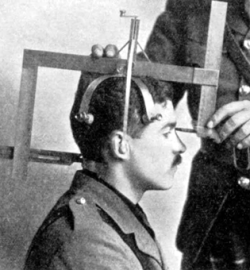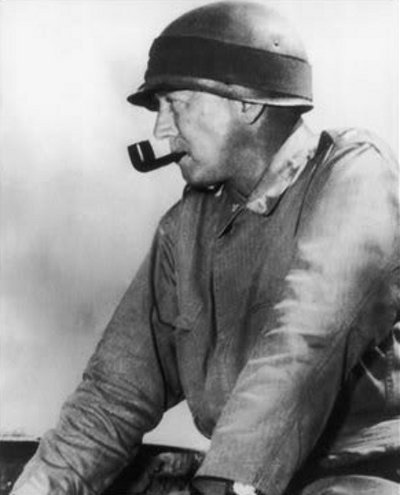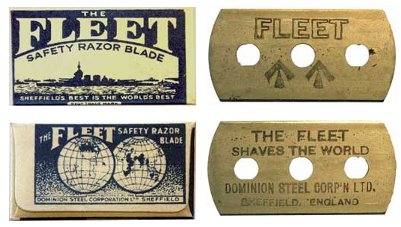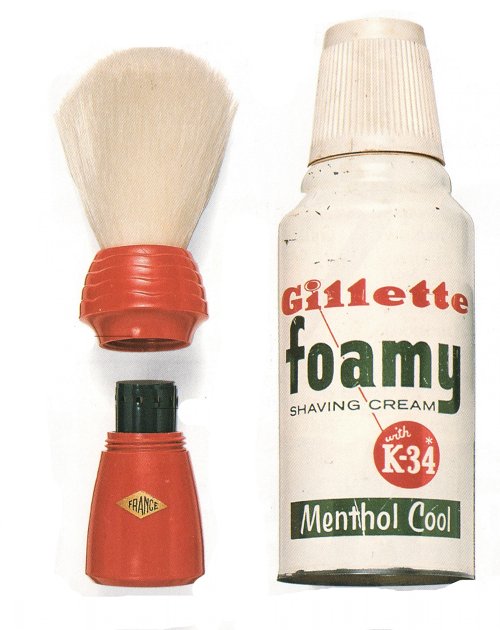Anger, or the Will of Your Creator
The Rabbi of Lublin once wanted to arise early in the morning to take care of an important matter. The day before, he asked his wife to prepare his evening meal earlier than usual. But it turned out that the meal was prepared much later than usual.
He commented, "It would be natural for me to become angry now. But the only reason I wanted to have the meal early was to do the will of my Creator. This, too, is the will of my Creator that I should not become angry."
Love Yehuda Lave
GOOD MORNING! The world faces many challenges. What are we to do? My teacher, Rabbi Noah Weinberg, wrote the following article, "World Repairs," which I hope will clarify and give food for thought:
The Rabbi of Lublin once wanted to arise early in the morning to take care of an important matter. The day before, he asked his wife to prepare his evening meal earlier than usual. But it turned out that the meal was prepared much later than usual.
He commented, "It would be natural for me to become angry now. But the only reason I wanted to have the meal early was to do the will of my Creator. This, too, is the will of my Creator that I should not become angry."
Love Yehuda Lave
|
Vayakhel (Exodus 35:1-38:20)
By Rabbi Kalman Packouz
Poverty. Terrorism. Depression. Our world is in desperate need of repair. Divisiveness and violence must urgently be replaced by kindness and compassion. We need to find ways to make a positive difference in the world -- to turn the pain into positive change, and to lead humanity back on the road to peace.
This is not just a global problem. It is highly personal as well. If someone spills ink on the floor, and asks you to clean it up, you might say, "Hey, you made the mess -- you clean it up." But when it comes to world problems, nobody will say: "I didn't cause the problem, so why should I do anything about it?" Everyone agrees we should try to help. If you knew how to cure cancer, you'd cancel your vacation. We're all responsible.
The Hebrew word "tzedakah" is commonly translated as "charity" or "tithe." But this is misleading. "Charity" implies that your heart motivates you to go beyond the call of duty. "Tzedakah," however, literally means "righteousness" -- doing the right thing. A "tzaddik," likewise, is a righteous person, someone who fulfills all his obligations, whether in the mood or not.
The verse says: "Tzedek, tzedek you shall pursue" -- "justice, justice you shall pursue" (Deut. 16:20). There's a basic human responsibility to reach out to others. Giving of your time and your money is a statement that "I will do whatever I can to help." That's the Jewish concept of Tikun Olam -- repairing the world.
Aside from helping those in need, we have many other financial obligations -- family, savings, even basic living expenses. So how much are we expected to help? Should we drop everything and run off to Africa to stop the famine?
The Torah recommends giving 10 percent. (Hence the popular expression "tithe," meaning one-tenth.) The legal source is Deut. 14:22, and the Bible is filled with examples: Abraham gave Malki-Tzedek one-tenth of all his possessions (Genesis 14:20); Jacob vowed to give one-tenth of all his future acquisitions to the Almighty (Genesis 29:22); there are mandated tithes to support the Levites (Numbers 18:21, 24) and the poor (Deut. 26:12).
Ten percent is the minimum obligation to help. For those who want to do more, the Torah allows you to give 20 percent. But above that amount is unrealistic. If you give too much, you'll come to neglect other aspects of your life.
Of course, don't just impulsively give your money away. The Almighty provides everyone with income, but it comes conditionally: Ten percent is a trust fund that you're personally responsible to disperse. God is expecting you to spend His money wisely.
If you were running a humanitarian foundation, you'd make a thorough study of the best use of your money. It's the same with tzedakah. When you choose one project over another, you have to calculate why it is more effective than the other. Consider it the "Your-Name-Here Save the World Foundation."
Put this money aside in a separate account. That way it will be available when the need arises. And it is a constant reminder of your obligation to help.
There are so many possible projects: the poor, the sick, the uneducated, drug abuse, domestic violence, the homeless. Which one should you pick?
Tzedakah begins at home. If your parents are hungry, that comes before giving to a homeless shelter. From there it is concentric circles outward: your community, then your country. (For Jews, Jerusalem and Israel are considered as one's own community, since every Jew has a share in the homeland.)
Once you've defined "who" to give to, what's the best method to do so? Maimonides lists eight levels of tzedakah in order of priority (Laws of Gifts to the Poor 10:7). Many people think the highest level is to give money anonymously. Actually, there's an even higher level: helping a person to become self- sufficient. This includes giving him a job, or a loan to start a business.
This is the source of the Jewish concept of a free loan fund, called a Gemach. If you help someone start a business, he can feed himself and 10 other people besides. As the old saying goes: Rather than give him fish to eat, teach him to be a fisherman. This represents a higher level of Tikun Olam, because now the fisherman can go out and help others. You've really fixed something.
There's actually one higher level of tzedakah: being sensitive to someone before he's in trouble. As the Sages explain: It takes one person to support something before it falls, but after it falls, even five people may not be able to lift it (see Rashi, Leviticus 25:35).
Tzedakah is not only helping people financially, it's also making them feel good. If a hungry person asks for food, and you give it to him with a resentful grunt, you've lost the mitzvah. Sometimes giving an attentive ear or a warm smile is more important than money.
You can also protect someone's self-esteem by giving even before he asks. The bottom line is that every person has unique needs. It is our obligation to help each one accordingly.
What if you offer someone a job and he's too lazy to work? Then you don't have to give him anything. The Talmud (Baba Metzia 32b) says: If he doesn't care about himself, then you're not required to care about him, either.
--
Visit my Blog: http://yehudalave.blogspot.com
or http://www.yehudalave.com/












































